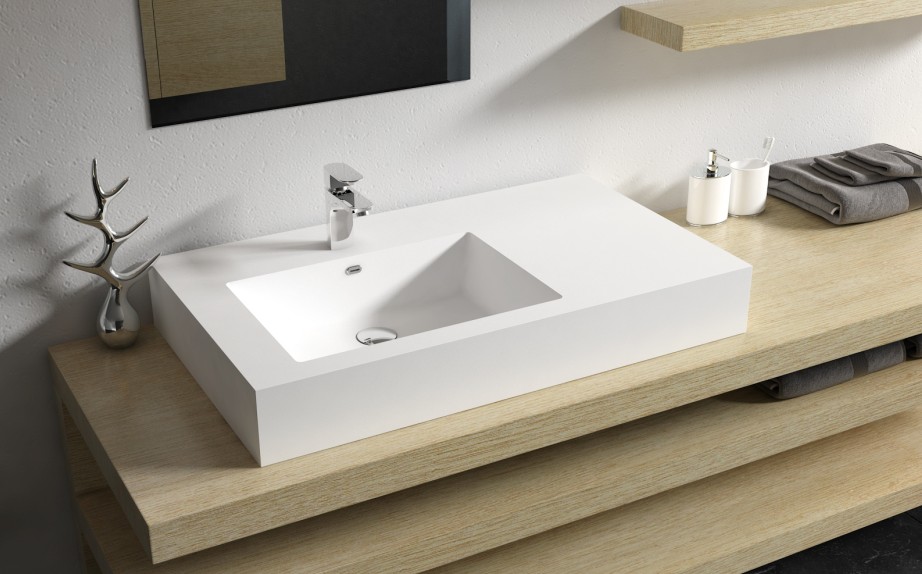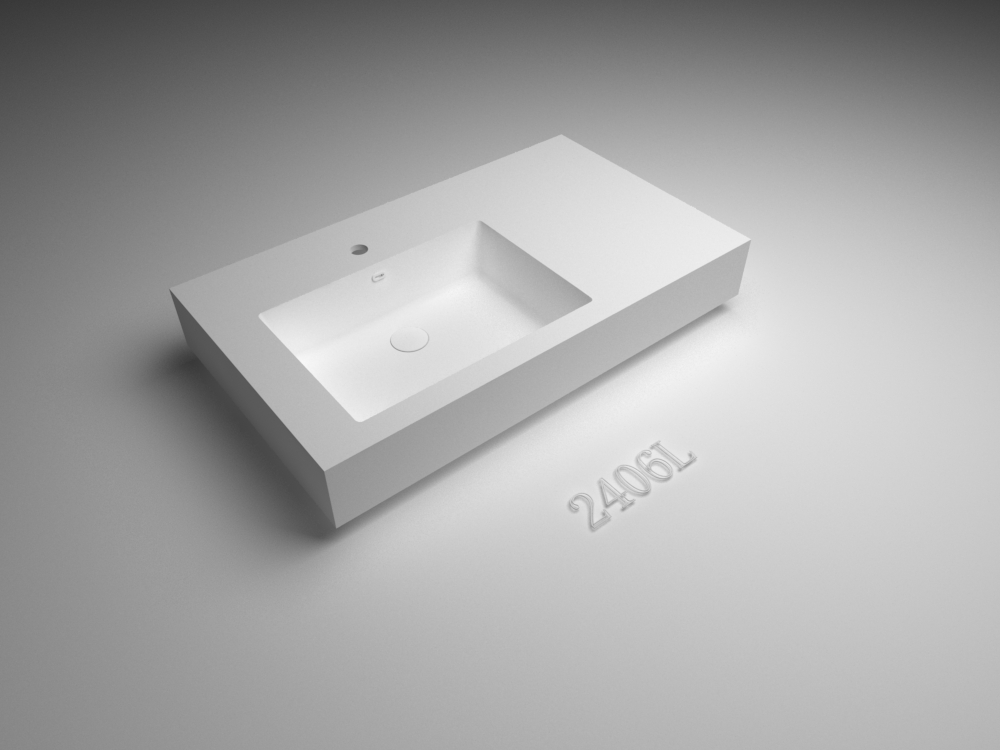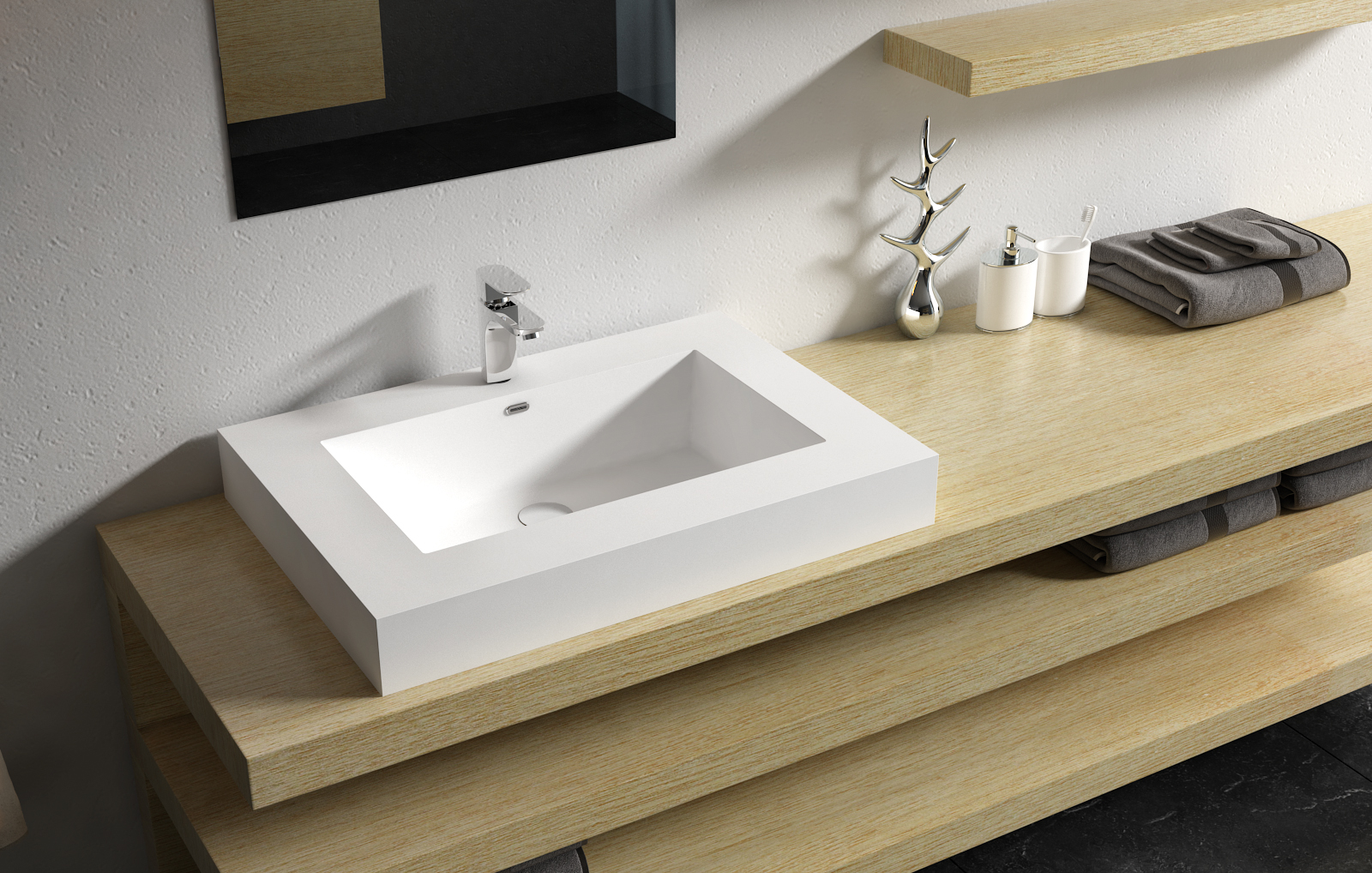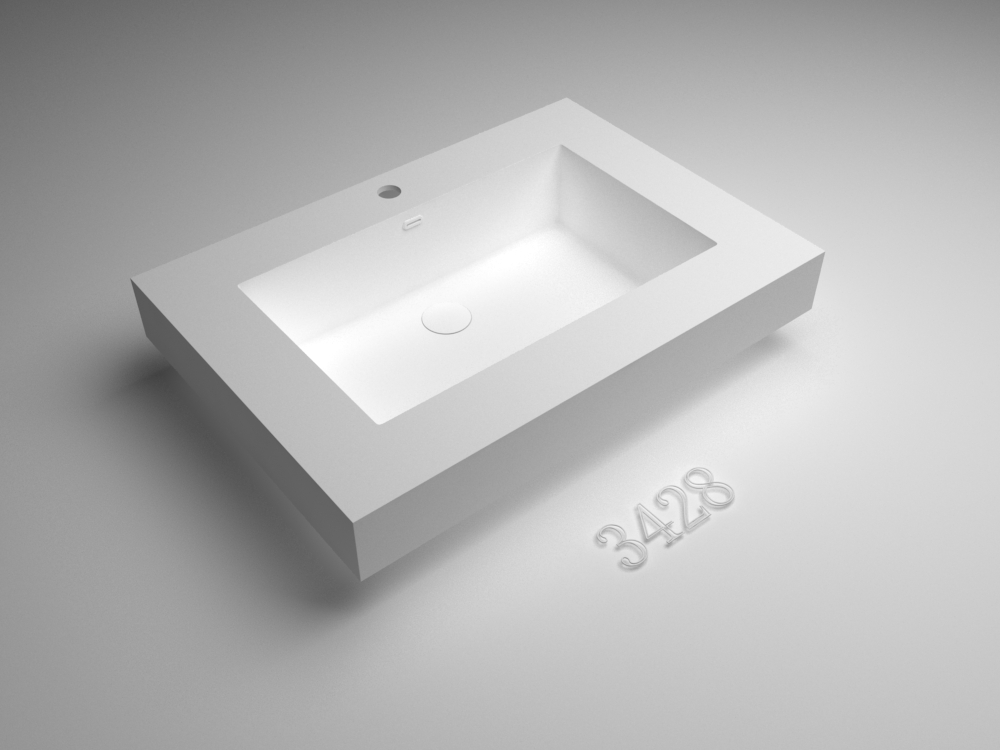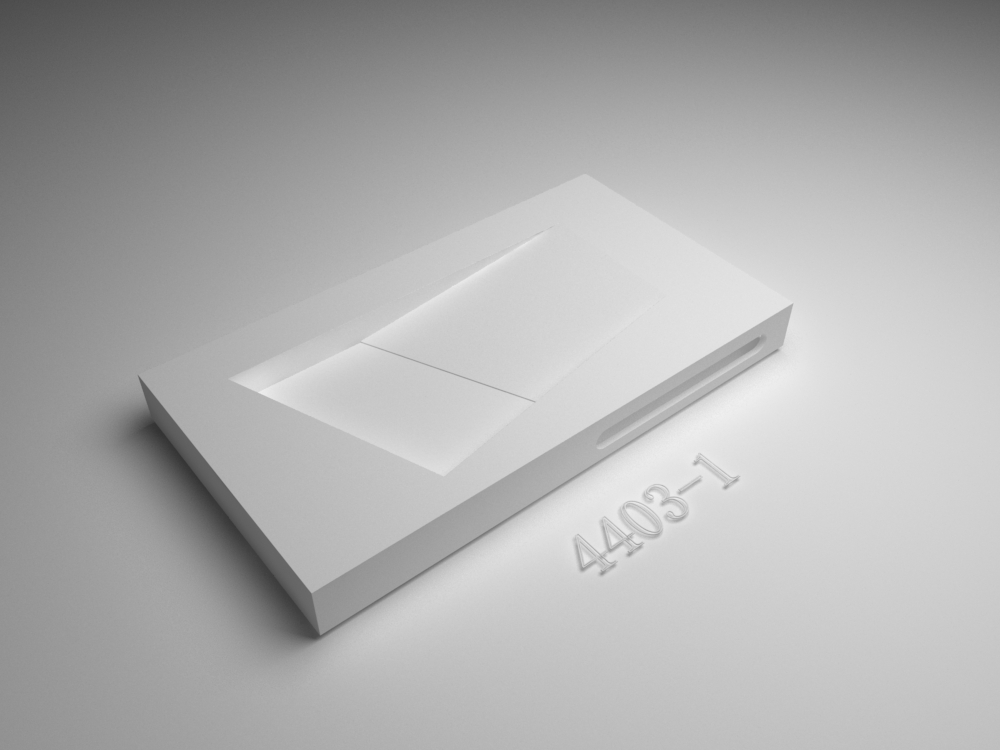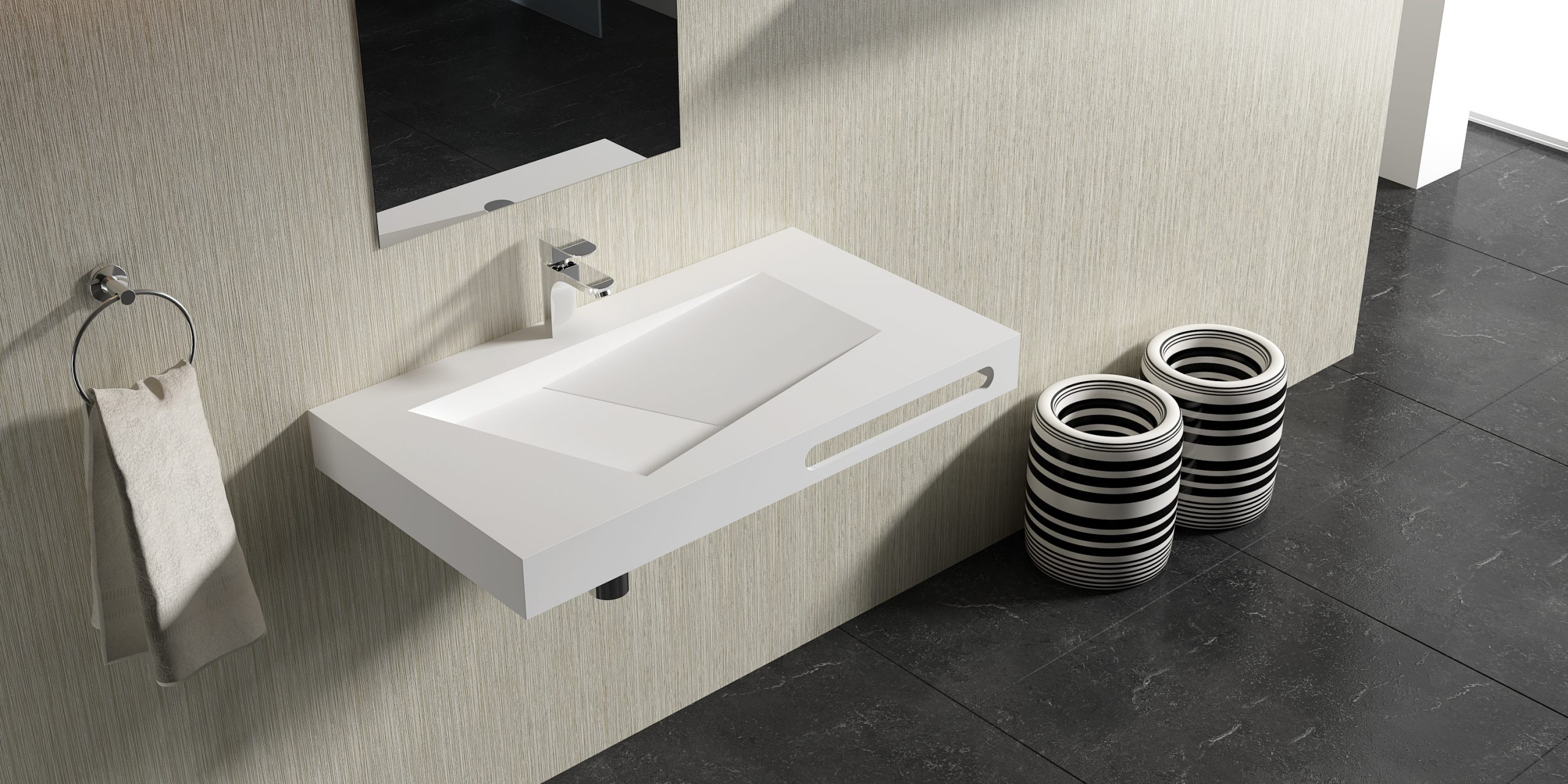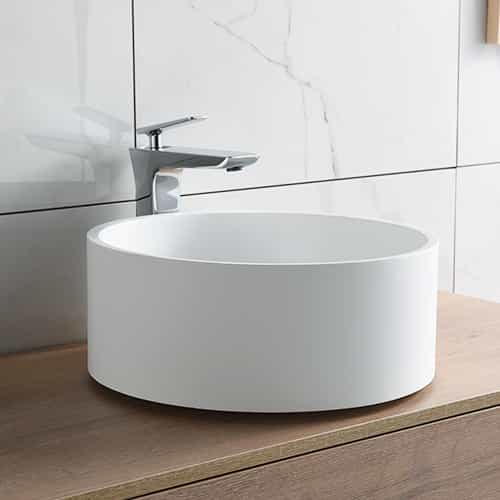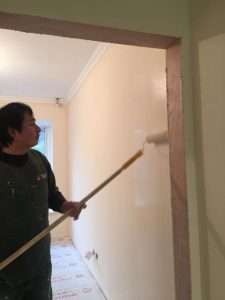
Paint decoration can be said to be every family decoration must go through, but this is often the most corrosion problem steps, many owners in the house decoration soon will find paint cracks, falling off and other problems, today in view of this phenomenon to explain Xuzhou paint decoration problems.
1. Peeling paint
Maybe the surface is too smooth. If the original paint is glossy or silty (with untreated color paste paint), the new paint will not stick firmly on the surface. Or maybe the wood is rotten or the metal has rust spots, or the paint is not good enough to flake off. Small areas of peeling paint can be polished with fine sandpaper, then apply putty, brush primer, and re-paint. The paint must be scraped off and repainted for large areas of peeling.
Two, the paint bubbles
First of all, the bubble punctured, if there is water, that is, there is moisture infiltration under or behind the paint layer, by the sun, the water evaporates into steam, will put the patent leather top bubble. At this point, the hot air gun is used to remove the frothy paint, the wood is allowed to dry naturally, then the primer is applied, and the entire finish is repainted. If there is no water in the bubble, it may be wood grain cracking, there is a small amount of air, by the sun, the air expansion, patent leather bulked up. In the face of this situation, first scrape the foaming patent leather, and then fill the cracks with resin filler, re-paint, or do not use filler, after scraping the patent leather, directly apply microporous paint.
3. Cracks appear
In this case, most of the paint should be removed with chemical paint remover or hot air spray gun, and then re-painted. If the fracture range is not large, then you can use a sanding block or dry and wet sandpaper to dip in water, grind off the broken paint, after the surface is polished smooth, wipe the putty, brush on the primer, and re-paint.
4. Stains
There are many reasons for stains on paint surfaces. For example: the moisture in the latex paint melts the material on the wall and rusts out the paint, the wall rubbed with steel velvet will produce rust spots, and the dark pipe leakage in the wall will stain. To prevent stains, you can brush a layer of primer containing aluminum powder. If stains have appeared, you can remove the latex paint on the stain first, brush a layer of primer containing aluminum powder, and then re-paint.
Five, lose luster
The reason is that the primer is not applied, or the primer and the inner paint are directly coated with gloss before drying, and the gloss paint is absorbed by the wood and loses its luster. The poor quality of glossy paint is also a reason. Use wet and dry sandpaper to remove the old paint, brush off the sanding dust, wipe the surface with a clean damp cloth, and then paint the top again after drying. Special attention should be paid to painting in a very low temperature environment, the paint film may also lose luster after drying.
Six, paint rough
The newly painted surface is rough, usually because the paint brush used is not clean or polluted by the surrounding environment. It is also possible that the paint is mixed with patent leather, which has not been precipitated and filtered before use, or the paint has not dried and picked up dust. To prevent these problems, clean paint brushes and buckets must be used. Before using old paint, be sure to filter it with paint filter paper or clean nylon stockings. In addition, the painted surface should be covered with a cover or cardboard when the paint is not dry to prevent dust. If the paint is rough, let it dry, smooth and wipe with wet and dry sandpaper, and then brush the paint again. Pay special attention to the paint brush must be clean.
Seven, paint dry
Paint dries slowly if the room is poorly ventilated or too cold. It is possible to open all doors and Windows to promote ventilation, or put a heater in the room to increase the room temperature. If the problem is not solved, it may be that the painted surface is greasy. This can be done by chemical remover or heating to remove the paint, wipe the surface thoroughly, and then repaint.
Eight, paint stick on the insect
Try to remove the bugs while the paint is still wet, then touch the surface lightly with a brush dipped in oil. If the paint has started to dry, wait for the film to harden completely before removing the bugs so that you don’t mess up the surface.









